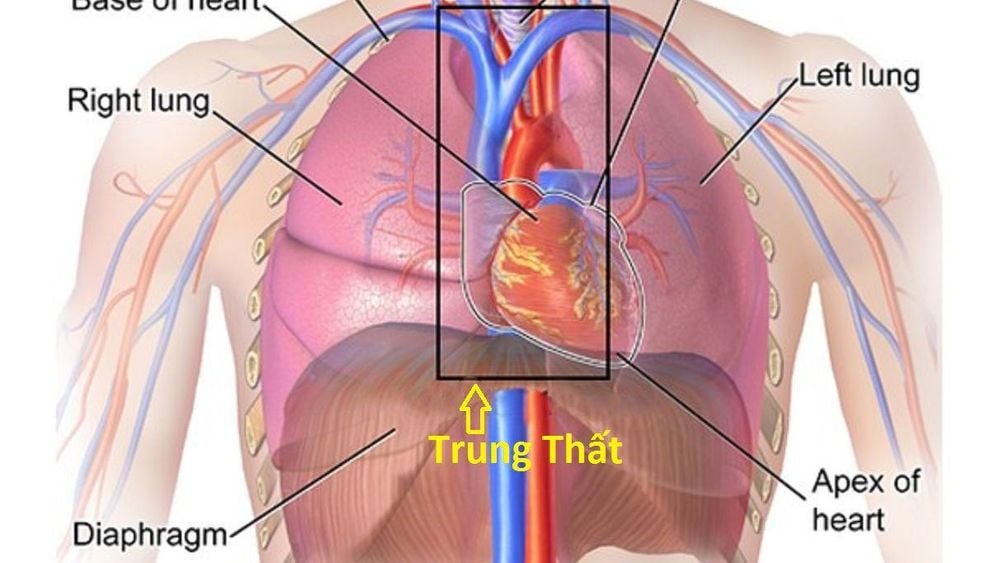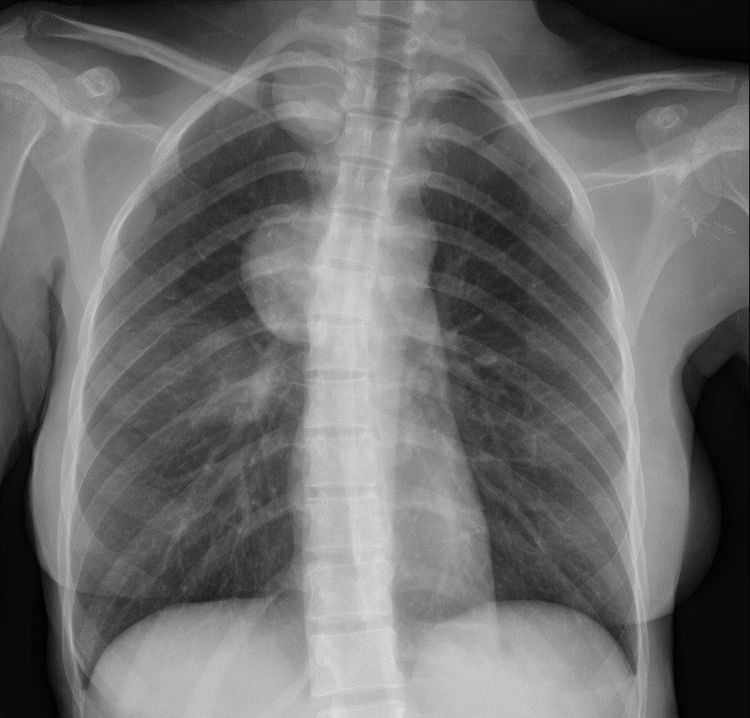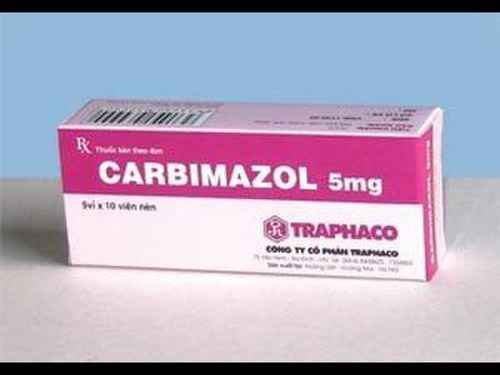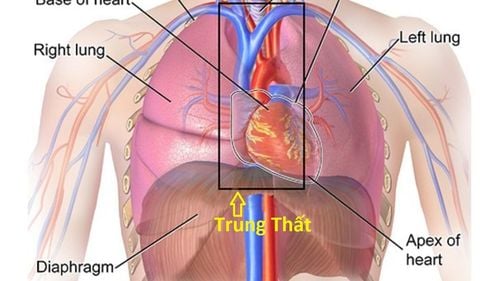This is an automatically translated article.
Although a mediastinal tumor can be benign or malignant, if left untreated, it can cause lung complications and be life-threatening. Therefore, tumor resection is a necessary indication for the patient.
1. Overview of mediastinal tumors
The mediastinum is a central part of the chest, inside there are organs such as the thymus gland, great blood vessels, nerves, thoracic esophagus, heart and pericardium,... In terms of anatomical structure , the mediastinum is surrounded by limits:
Anteriorly are the sternum and costal cartilages; Behind are the thoracic vertebrae; 2 sides are pleura; The underside is the diaphragm; Above is the neck area. When germ cells or proliferative cells develop in the thymus, neural, and lymphoid tissues, a mediastinal tumor is produced. Mediastinal tumors are located in the thorax, occur in the anterior or posterior mediastinum and account for about 90% of mediastinal pathologies. Primary or secondary tumors, which can be formed from benign or malignant overgrowth. This pathology is also classified into different types, based on the origin of the cysts from the internal or external mediastinum.

Trung thất là một phần trung tâm của ngực
2. Manifestations of mediastinal tumor
In most cases, the patient is almost asymptomatic in the early stages because the mediastinal tumor usually progresses insidiously. Therefore, the disease is rarely detected early until the person with the tumor shows symptoms such as:
Chest pain, difficulty breathing when lying on the back; Wheezing, wheezing, sometimes coughing up blood; Difficulty swallowing due to tumor pressing on the esophagus; Fatigue, weight loss, weakness; Superinfection of the respiratory tract; Swelling, joint pain; Some other clinical manifestations depend on the tumor being compressed, making vital and circulatory functions severely affected. Sometimes the extent of the anatomical lesion and the pathological disorder are disproportionate, meaning that rare malignancies have no clinical symptoms, and conversely, some benign tumors appear early as well as obvious.
Over time, mediastinal tumors can grow, compress or invade nearby key organs such as the heart, lungs, large blood vessels, ... obstructing circulation and breathing. If the tumor is malignant, the patient's risk of life-threatening pericardial or lung metastasis is very high.

Hình ảnh u trung thất trên phim X-quang
3. Testing and treatment of mediastinal tumor
3.1. Tests to do Before having a mediastinectomy, the patient will have a thorough examination and accurately diagnose the current condition through tests, thereby assisting the doctor in giving appropriate treatment. . Specifically:
Respiratory test, assessment of lung function; Blood tests to find the cause of the tumor; Diagnostic imaging such as chest X-ray, computed tomography (CT) scan, or magnetic resonance imaging (MRI) of the chest. In addition, there are also some additional preoperative tests necessary based on each different case to serve the process of mediastinal tumor resection safely and effectively.
3.2. Management of mediastinal tumors As mentioned above, mediastinal tumors, whether benign or malignant, have the risk of compression and complications, affecting the lungs, airways and nearby organs of the person. sick. Therefore, most tumors growing in the mediastinum need to be treated by biopsy, surgical resection or chemotherapy/radiotherapy in cases where mediastinal cancer cells are detected.
Biopsy A procedure to remove a sample of tumor to see under a microscope to determine whether a tumor is benign or malignant before surgery is indicated. Sometimes a transthoracic biopsy is also used to completely remove the tumor. Biopsy steps are conducted with minimally invasive techniques, minimal damage and quick recovery should be applied to most patients.
Mediastinal tumor removal is indicated when the mediastinal tumor shows signs of severely affecting the patient's health. However, the complexity of surgery depends on the size and location of the tumor, the relationship with other structures in the chest, as well as the overall condition of the patient.
Chemotherapy or radiation This is considered the best treatment in some cases of melanoma, causing cancer of the mediastinum without surgical removal.
4. Is mediastinal tumor dangerous?

U trung thất có thể gây biến chứng, tử vong nếu không được điều trị kịp thời
Thus, the danger of mediastinal tumors lies not only in potentially fatal complications if not treated promptly, but also in the complexity of tumor removal techniques. If the tumors form in locations adjacent to many important large blood vessels (arteriovenous - vena cava), trachea, esophagus, etc., the surgical approach to dissection must be precise. extremely high, avoiding destruction of neighboring organizations.
To successfully perform surgical removal of tumors growing at "dangerous" locations in the thorax, it is necessary to have the support of a modern endoscopic ultrasound system - with the function of transmural biopsies to accurately assess the location of the tumor is located under the lining of the esophagus or in the mediastinum, as well as the extent of invasion to surrounding tissues of the tumor. This is one of the highly specialized techniques of thoracic surgery, only performed in large and prestigious hospitals.
Doctors recommend people to have regular health check-ups, combined with straight chest X-ray or chest CT scan as indicated to detect early mediastinal tumors. If the tumor is not diagnosed and surgically removed in time, late treatment can lead to complicated complications, endangering the patient's life. To completely treat this dangerous disease, it requires the capacity and expertise of a team of doctors specializing in thoracic surgery, as well as modern equipment of the hospital to meet the requirements. high technology when dissecting mediastinal tumor successfully.
Please dial HOTLINE for more information or register for an appointment HERE. Download MyVinmec app to make appointments faster and to manage your bookings easily.
MORE:
Pregnant while undergoing treatment for goiter, what to do? Common diseases of the thyroid gland and treatment How many types of goiter?













